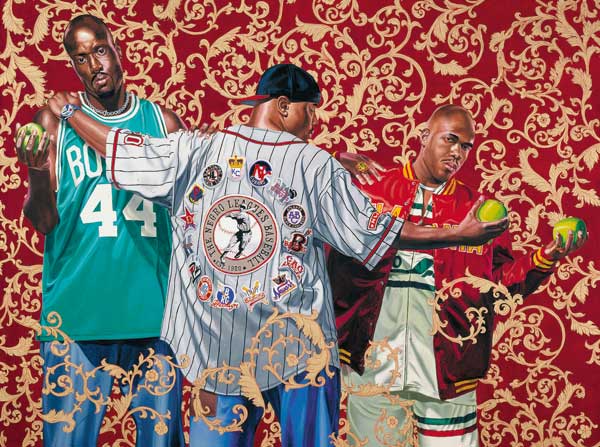Kathe Kollwitz
I have always admired the work of German artist Kathe Kollwitz for it's raw, emotional quality. Her work consistently dealt with social issues like war and poverty, telling the stories of those who could not or would not speak for them selves. This image titled
Poverty, from 1893-94, is a perfect example of that. I see this as a strong embodiment of the theme of Social Issues because in it she attempts to shed light on, tell the story of and draw our attention to a real life struggle.
This second piece by Kollwitz is called
The Survivors, 1923. Survivors of what, you might ask? The date on this is significant because it is a clue. WWI has just ended, therefore, these grieving parents, injured men, widowed woman, and orphaned children are the unsung "survivors" and victims of what, at the time, was the greatest conflict the world had ever seen. Again, Kollwitz is telling the stories that might not be told.
Dorothea Lange
Dorothea Lange was an American photographer who in 1936 was traveling around California photographing migratory farm labor for what was then the Resettlement Administration. This is a portrait of Florence Owens Thompson and her children, but it is officially known as
The Migrant Mother. At the time America was still in the midst of the Great Depression and The Dust Bowl, both of which greatly impacted peoples' ability to find work, and supply the basic necessities of life like food and shelter. When Lange came upon Thompson and her family they were living in a small tent like structure in a field surviving off of vegetables and the wild animals that they could manage to catch. Like Kollwitz's work, this photo tells the story of someone who could not speak for themselves and that we might not know without it.
The Migrant Mother became an icon of the people affected by these great hardships.
Esther Hernandez
Keeping on the subject of Migrant Workers, this is Esther Hernandez's
Sun Mad Raisins, 1981. A clever play upon the real Sun Maid logo, Hernandez has made some very key changes all in an effort to draw people's attention to the plight of migrant workers and the deadly toxins they were exposed to all in an effort to produce a "healthy" crop. Notice the small print, "Unnaturally grown with Insecticides, Miticides, Herbicides, Fungicides." Yum!
Kara Walker
An African-Artist of the 20th and 21st century, Kara Walker deals with many themes, but among them is one that fits very well into our theme of Social Issues, and that is Race. Her work is usually set in the pre-Civil War South and consists of silhouettes of exaggerated, stereotypical white and black figures. This is a fictionalized history where Walker uses past images to bring up issues that are still present today. In talking about her work Kara Walker has had this to say, "I'm not really about blackness, per se, but about blackness and whiteness, and what they mean and how they interact with one another and what power is all about." ("Conversations with Contemporary Artists" New York: Museum of Modern Art 1999)















